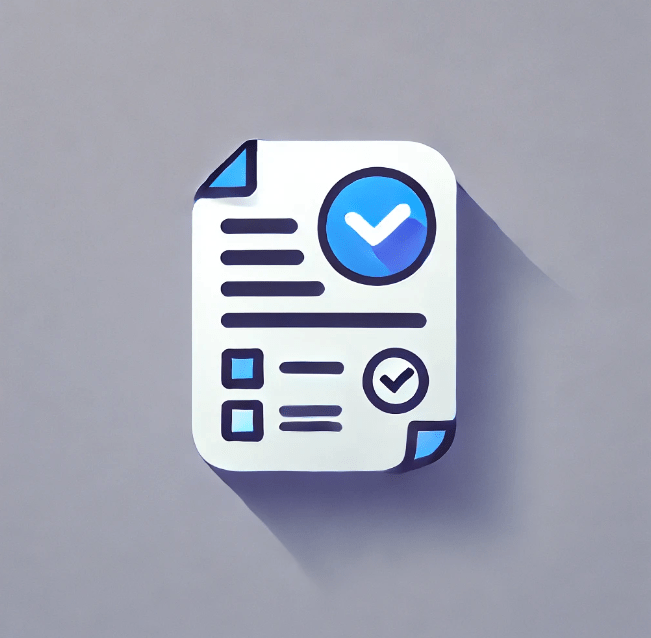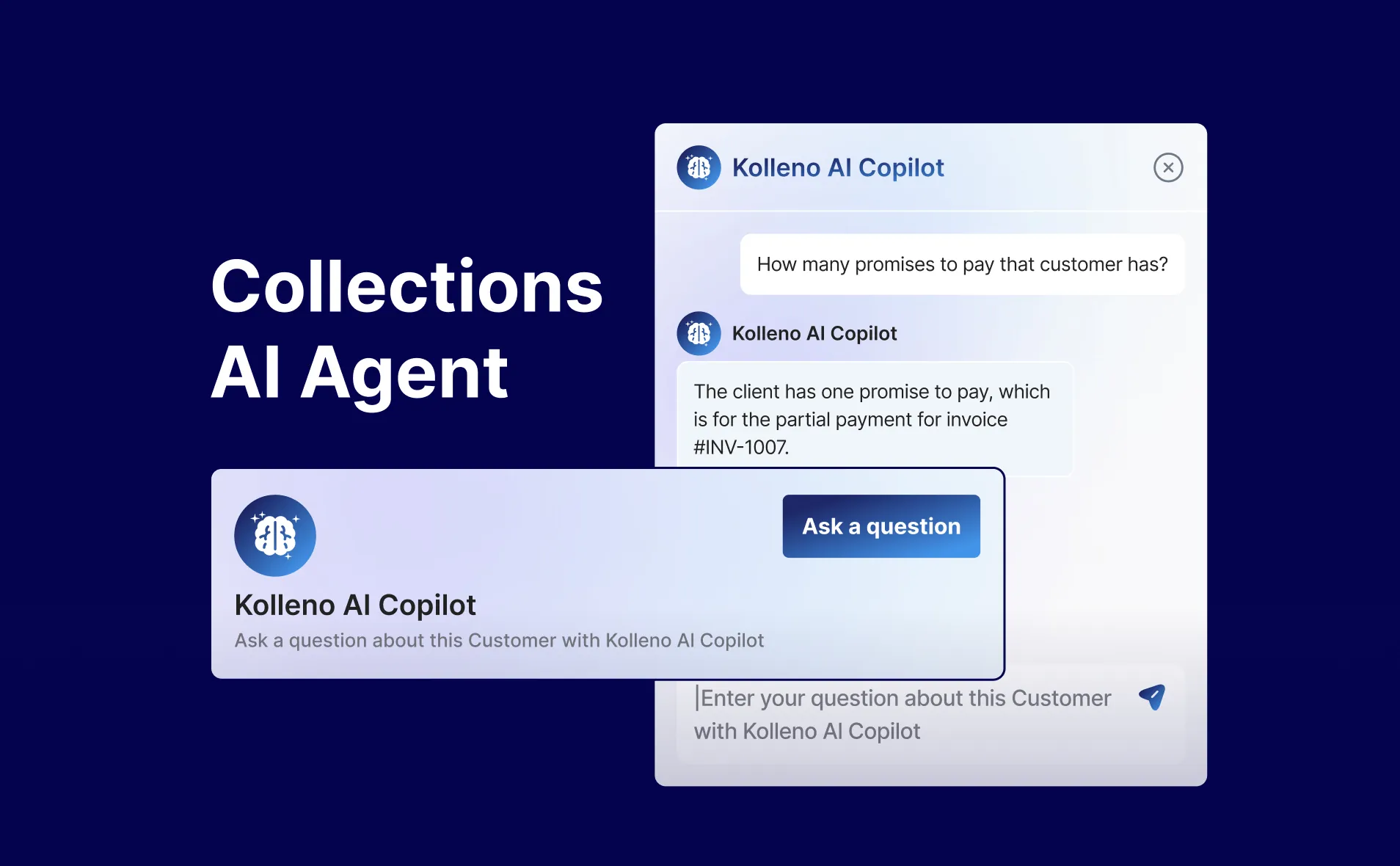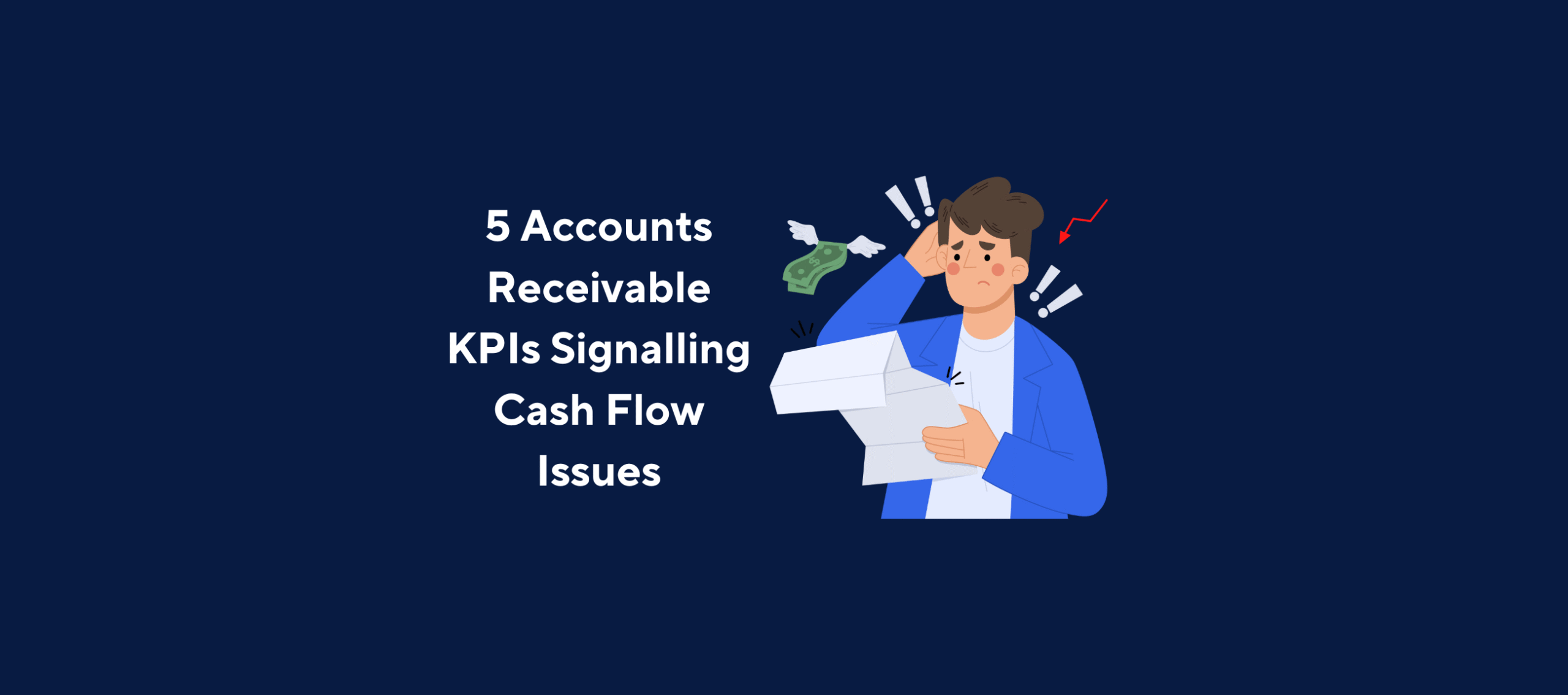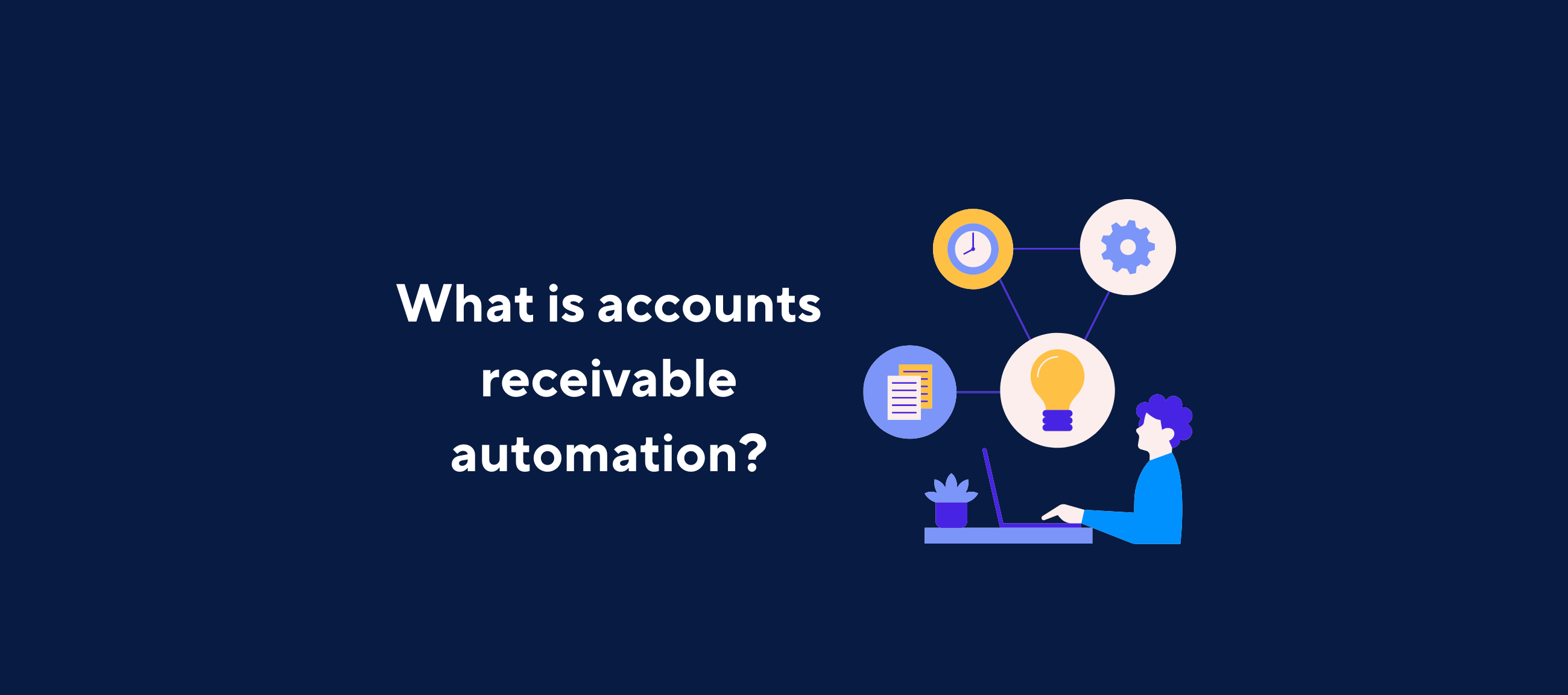Key Points
- Understanding common accounts receivable challenges is crucial for financial health
- Late payments and data entry errors significantly impact cash flow
- Streamlining accounts receivable processes can reduce payment delays
- Accounts receivable automation improves efficiency and accuracy
- Effective communication with customers is key to managing accounts receivable
Managing accounts receivable effectively is critical for maintaining a healthy cash flow and ensuring the financial stability of your company. Accounts receivable, the lifeblood of many businesses, represents the outstanding payments owed by customers for goods or services provided. However, the accounts receivable process is often fraught with challenges that can hinder a company’s financial performance and growth.
This blog post delves into the most common accounts receivables problems and provides practical solutions to overcome them. By addressing these issues head-on, businesses can streamline their accounts receivable management, improve cash flow, and foster stronger customer relationships. Whether you’re a small business owner or part of a larger finance team, understanding and resolving these challenges is essential for optimizing your financial operations.
From late payments to data entry errors, we’ll explore the various obstacles that can impede the smooth functioning of your accounts receivable processes. More importantly, we’ll discuss strategies and tools, including accounts receivable automation, that can help you navigate these challenges effectively. By the end of this article, you’ll be equipped with actionable insights to transform your accounts receivable management and drive your business towards greater financial success.
Understanding the Accounts Receivable Process

The accounts receivable process is a fundamental aspect of financial management for businesses of all sizes. It encompasses the entire lifecycle of tracking and collecting payments from customers for products or services rendered. A well-managed accounts receivable process is crucial for maintaining consistent cash flow and ensuring the company’s financial health.
Key components of the accounts receivable process include:
- Invoicing: Creating and sending accurate, timely invoices to customers
- Payment tracking: Monitoring incoming payments and outstanding balances
- Follow-ups: Sending reminders for overdue invoices
- Reconciliation: Matching payments received with outstanding invoices
- Reporting: Analyzing accounts receivable data for financial planning
Efficient accounts receivable processes directly impact a company’s cash flow. When payments are collected promptly, businesses have more working capital to invest in growth, pay suppliers, and meet financial obligations. Conversely, delays in the accounts receivable process can lead to cash flow problems, potentially jeopardizing the company’s financial stability.
Common Accounts Receivable Challenges
Businesses frequently encounter several accounts receivable challenges that can hinder their financial operations. Recognizing these issues is the first step towards implementing effective solutions. Some of the most prevalent accounts receivable challenges include:
- Late payments: Customers failing to pay invoices by the due date can disrupt cash flow and create financial strain.
- Data entry errors: Manual processes are prone to human error, leading to inaccuracies in invoicing and payment tracking.
- Poor communication: Lack of clear payment terms or ineffective follow-ups can result in payment delays and misunderstandings.
- Invoice disputes: Disagreements over invoice details or service quality can lead to payment holdups and strained customer relationships.
- Inefficient processes: Reliance on manual, time-consuming methods for managing accounts receivable can slow down the entire payment cycle.
- Lack of visibility: Without proper tracking and reporting, businesses may struggle to get a clear picture of their accounts receivable status.
- Inconsistent cash flow: Irregular payment patterns can make it challenging to forecast and manage cash flow effectively.
Addressing these accounts receivable challenges is essential for maintaining financial health and fostering growth. In the next section, we’ll explore strategies to overcome these obstacles and optimize the accounts receivable management process.
Strategies to Solve Accounts Receivable Challenges

Effectively addressing accounts receivable challenges is crucial for maintaining a healthy cash flow and ensuring the financial stability of your business. By implementing targeted strategies, you can streamline your accounts receivable processes and overcome common obstacles. Let’s explore some key solutions to optimize your accounts receivable management:
Streamline Accounts Receivable Processes
Streamlining your accounts receivable processes is essential for improving efficiency and reducing payment delays. Consider the following approaches:
- Standardize invoicing procedures to ensure consistency and clarity
- Implement automated workflows to reduce manual tasks and potential errors
- Regularly review and optimize your accounts receivable processes to identify bottlenecks
- Establish clear policies for credit checks, payment terms, and collections
By refining your accounts receivable processes, you can significantly improve the speed and accuracy of your entire payment cycle.
Leverage Accounts Receivable Automation
Accounts receivable software is a powerful tool for addressing many common challenges. Implementing AR automation software can help:
- Reduce data entry errors through automated invoice generation and processing
- Send automated payment reminders to customers, reducing late payments
- Provide real-time visibility into accounts receivable status and cash flow
- Generate detailed reports for better decision-making and financial planning
Harnessing the power of automation streamlines your accounts receivable management and frees up resources for more strategic tasks.
Improve Customer Relationships and Communication
Strong customer relationships are key to managing accounts receivable effectively. Focus on:
- Clearly communicating payment terms and expectations from the outset
- Providing multiple payment options to accommodate customer preferences
- Offering excellent customer service to address inquiries and resolve issues promptly
- Building personal connections with customers to foster loyalty and timely payments
By prioritizing customer relationships, you can reduce payment delays and create a more positive payment experience for your clients.
Implement Proactive Credit Management
Effective credit management can help prevent accounts receivable challenges before they arise:
- Conduct thorough credit checks on new customers
- Regularly review and update credit limits for existing customers
- Monitor customer payment behaviors and adjust terms as needed
- Consider offering early payment discounts to incentivize prompt payments
Proactive credit management helps reduce the risk of late payments and bad debt, contributing to a more stable cash flow.
Enhance Data Analysis and Reporting
Leveraging data analytics can provide valuable insights into your accounts receivable performance:
- Use AR automation software to generate detailed reports on payment trends
- Analyze customer payment histories to identify patterns and potential risks
- Monitor key performance indicators (KPIs) such as Days Sales Outstanding (DSO)
- Use predictive analytics to forecast cash flow and potential payment issues
By harnessing the power of data, you can make more informed decisions and take proactive steps to optimize your accounts receivable management.
Provide Ongoing Training for Your Accounts Receivable Team
Investing in your accounts receivable team is crucial for maintaining efficient processes:
- Provide regular training on best practices in accounts receivable management
- Keep the team updated on new technologies and automation tools
- Encourage open communication and problem-solving within the team
- Recognize and reward performance improvements in managing accounts receivable
A well-trained and motivated accounts receivable team can significantly contribute to overcoming accounts receivable problems and improving overall financial performance.
By implementing these strategies, businesses can effectively address common accounts receivable challenges, improve cash flow management, and maintain strong customer relationships. Remember, the key to successful accounts receivable management lies in combining efficient processes, innovative technologies, and a customer-centric approach.
Advanced Solutions for Accounts Receivable Management
As businesses continue to evolve, so do the solutions available for managing accounts receivable challenges. In this section, we’ll explore some advanced strategies and tools that can take your accounts receivable management to the next level, helping you optimize cash flow and improve financial health.
Leveraging AR Automation Software
One of the most significant advancements in accounts receivable management is the development of sophisticated AR automation software. These platforms can revolutionize how businesses handle their accounts receivable processes. A standout example in this field is Kolleno, an all-in-one accounts receivable management platform that combines automation with intuitive features to streamline collections and improve cash flow. With Kolleno, you can forget about all your accounts receivable problems.
Kolleno sets itself apart with its AI-driven approach to credit control. The platform intelligently prioritizes accounts, ensuring that finance teams focus on high-value tasks instead of manual follow-ups. This smart prioritization can significantly reduce the time spent on routine tasks, allowing your team to concentrate on more strategic activities.
Key features of Kolleno include:
- AI-powered collections automation
- Real-time cash flow tracking and reporting
- Seamless integration with popular accounting software like NetSuite, Xero and QuickBooks
- Automated payment reminders and follow-ups
- Centralized dashboard for managing invoices and credit control
By leveraging AR automation software like Kolleno, businesses can simplify the entire accounts receivable process, reduce administrative burden, and gain real-time insights into their cash position and customer payment trends. This level of automation and intelligence can be a game-changer for businesses looking to optimize their accounts receivable management.
Implementing Predictive Analytics
Advanced analytics can provide valuable insights into customer payment behaviors and help predict potential issues before they arise. By analyzing historical data, businesses can:
- Forecast cash flow more accurately
- Identify customers at risk of late payments
- Tailor collection strategies based on predicted payment patterns
- Optimize credit terms and limits for different customer segments
Implementing predictive analytics in your accounts receivable management can lead to more proactive decision-making and improved financial outcomes.
Exploring Blockchain Technology for Secure Transactions
While still in its early stages for accounts receivable applications, blockchain technology shows promise for enhancing security and transparency in financial transactions. Potential benefits include:
- Immutable transaction records, reducing disputes
- Smart contracts for automated payment execution
- Enhanced security and reduced fraud risk
- Improved traceability of payments and invoices
As blockchain technology matures, it may offer innovative solutions to long-standing accounts receivable challenges.
Adopting Customer Self-Service Portal
Empowering customers with self-service options can significantly improve the accounts receivable process. A customer portal can allow clients to:
- View and pay invoices online
- Access their account history and payment status
- Update their contact and payment information
- Communicate directly with your accounts receivable team
By providing these self-service tools, businesses can reduce the workload on their AR team while improving customer satisfaction and potentially speeding up payments.
Implementing Dynamic Discounting
Dynamic discounting is an advanced strategy that can benefit both businesses and their customers. This approach offers variable early payment discounts based on how quickly a customer pays. Benefits include:
- Incentivizing earlier payments, improving cash flow
- Providing flexibility for customers in managing their own cash flow
- Potentially reducing the need for external financing
- Strengthening customer relationships through mutually beneficial terms
When implemented effectively, dynamic discounting can be a powerful tool for optimizing working capital and enhancing customer relationships.
By adopting these advanced solutions, businesses can take their accounts receivable management to new heights and stop wasting time trying to constantly solve accounts receivables problems. Whether it’s leveraging AI-powered platforms like Kolleno, implementing predictive analytics, or exploring cutting-edge technologies like blockchain, these strategies can help overcome common accounts receivable challenges and drive financial success. Remember, the key is to choose solutions that align with your business needs and integrate smoothly with your existing processes.
Conclusion
Effectively managing accounts receivable is crucial for maintaining a healthy cash flow and ensuring the financial stability of your business. As we’ve explored throughout this article, addressing common accounts receivables problems requires a multifaceted approach combining process optimization, technology adoption, and strategic thinking.
By implementing the strategies discussed, such as streamlining accounts receivable processes, leveraging automation, and improving customer communication, businesses can significantly reduce payment delays and enhance their overall financial health. Adopting advanced solutions, particularly AR automation software like Kolleno, can transform the way companies handle their accounts receivable management, leading to more efficient operations and better financial outcomes.




